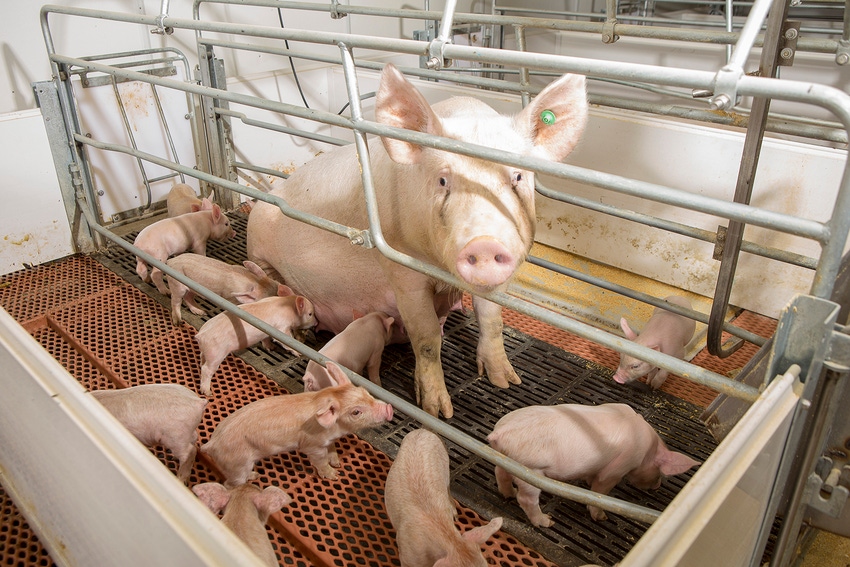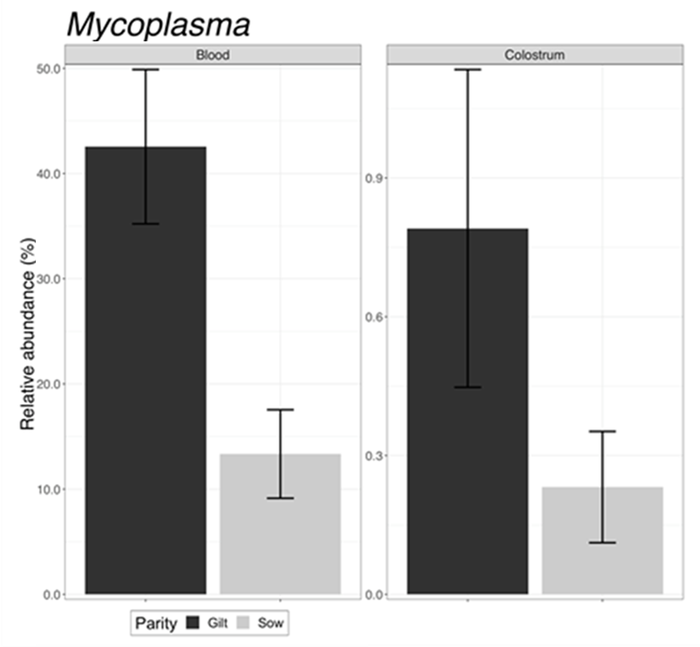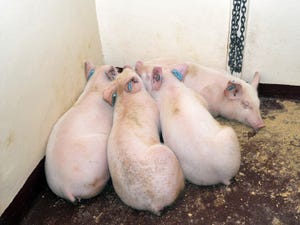Colostrum: More than just antibodies
Microbes that are present in gilts differ from those in sows and will also vary based on health status of the animal.
February 23, 2023

By Laura Greiner and Dalton Humphrey, Iowa State University
In recent years, there has been much discussion around the impact of the mother on her offspring beyond her genetic contribution. There are numerous studies that discuss the importance of colostrum and the antibodies that are passed, as well as, those that discuss the impact of microbial populations in the reproductive tract and their long-term impact on offspring health. However, in many different mammalian species, there is a another component to the colostrum that is less discussed.
Recently, a study conducted at Iowa State University determined that sows possess this additional component of maternal influence called the entero-mammary pathway. In this pathway, the sow's immune system will capture bacteria from her gut and transport that bacteria through her body to her milk. Work done in humans suggest that this pathway delivers good bacteria, but also has the potential to deliver pathogenic organisms as well.
In order to evaluate the existence of this pathway in sows, samples from feces, blood and colostrum were collected and the bacteria found in each of these were compared to each other. The findings of the study showed that gilts had a different population of organisms compared to sows. Gilts had elevated levels of Lactobacillus sp. (species) in the colostrum while sows had elevated levels of Clostridium_sensu_stricto_1 sp. Furthermore, when gilts were exposed to Mycoplasma hyopneumoniae, there were higher concentrations of Mycoplasma sp. in the blood and the colostrum. However, there were also elevated levels of Ruminococcus sp. in the blood and colostrum.
In previous work from Nair et al. (2019), they found that pigs infected with Mycoplasma hyopneumoniae had higher levels of Ruminococcus sp. and that these increasing levels reduced lung lesions associated with Mycoplasma hyopneumoniae. This suggests that while the gilts may have had elevated levels of Mycoplasma sp., they also had elevated levels of a bacteria that could reduce the severity of the infection. It also demonstrates that the population of bacteria in the gut can influence other portions of the body that are not part of the digestive system.

Figure 1. Demonstration of the findings of Mycoplasma sp. across different samples in lactating gilts and sows. Lactating gilts were previously exposed to Mycoplasma hyopneumoniae.
Researchers are continuing to evaluate the different microbial populations between the gilt and sow to determine how to improve gilt offspring liveability. In addition, work is being conducted to determine if pathogenic organisms may be utilizing this pathway to infect newborn piglets.
To conclude, there does appear to be the potential to pass microbes from the female's gut to her offspring via the bloodstream and into the colostrum. In addition, the microbes that are present in gilts differ from those in sows and will also vary based on health status of the animal.
You May Also Like



